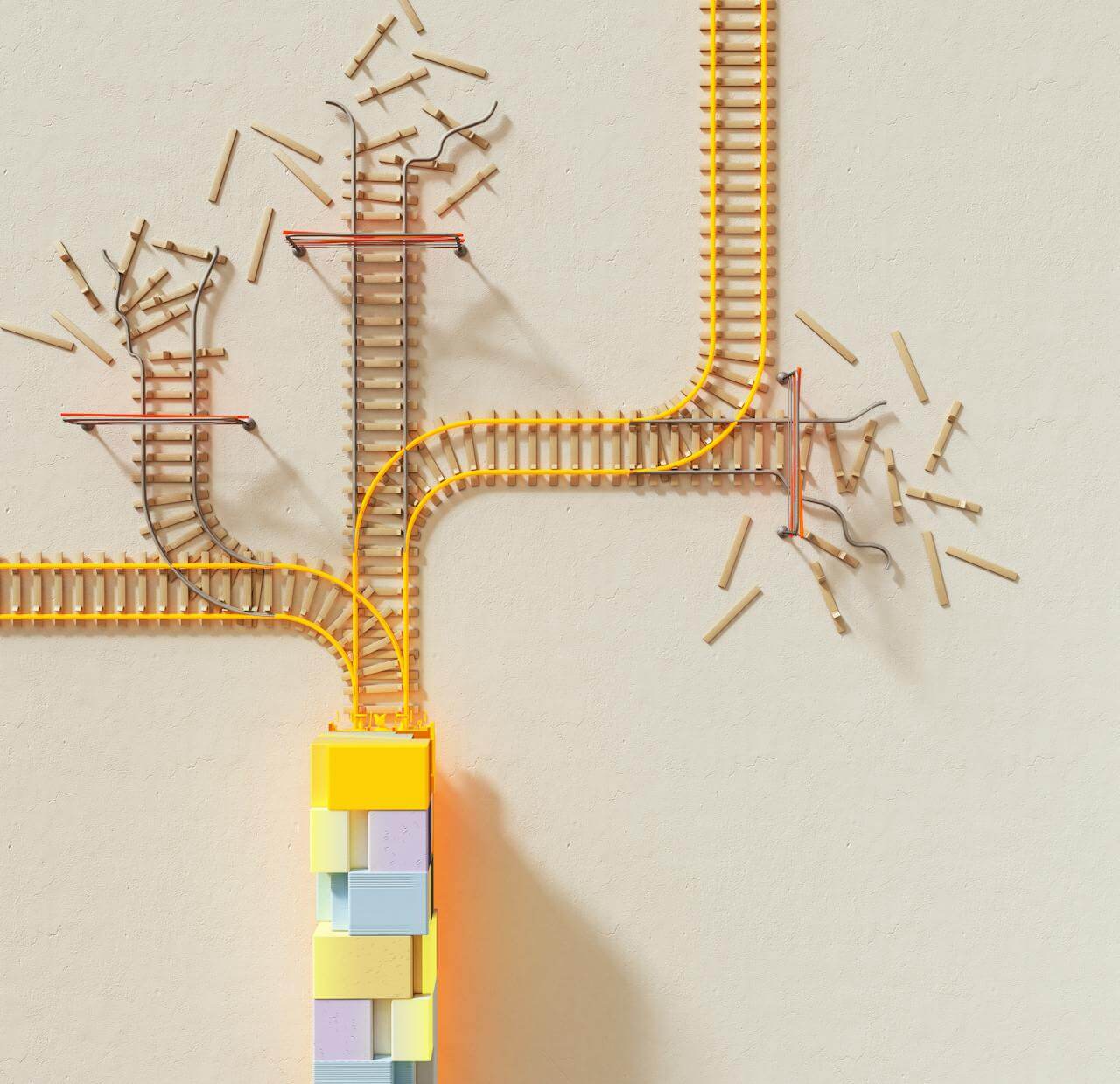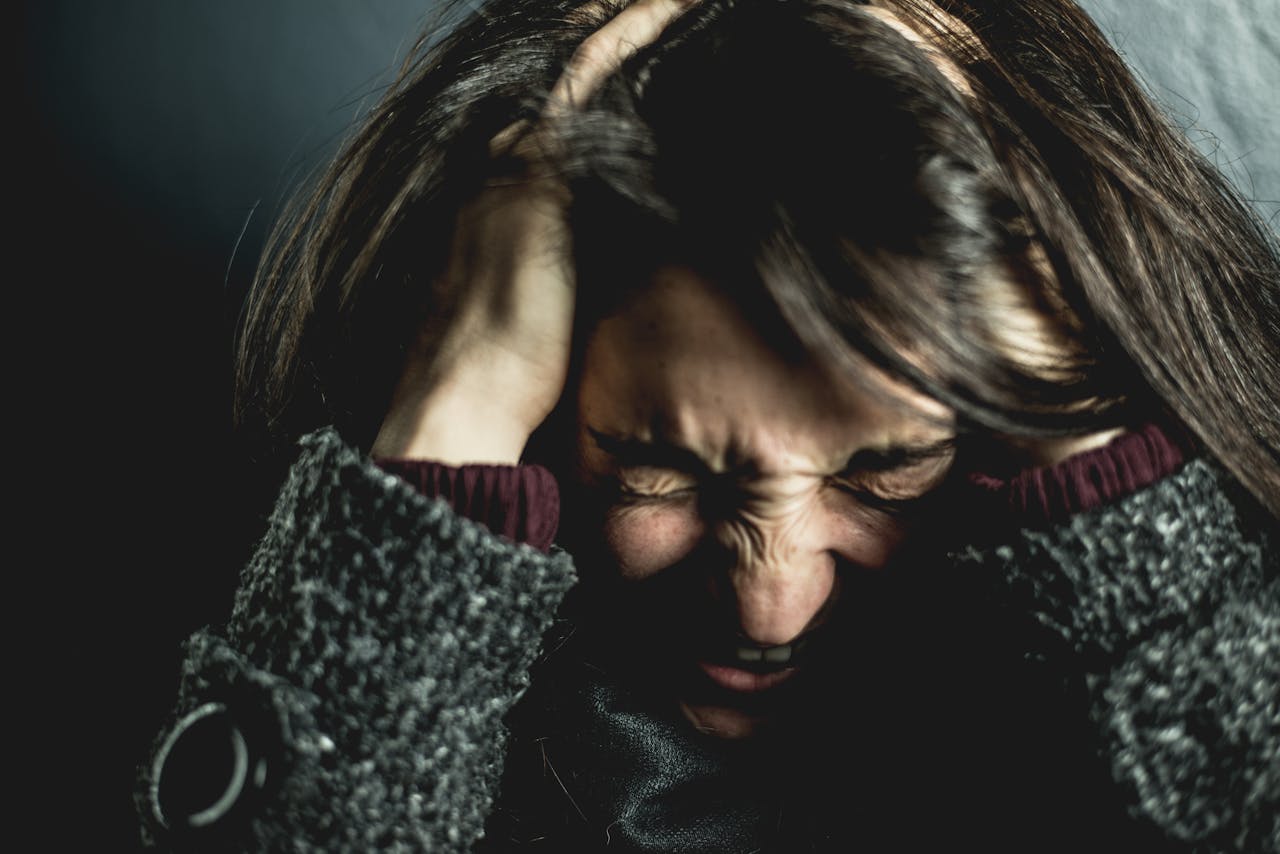When a child arrives at school smiling or plays enthusiastically with a friend, it can be easy to assume they are doing well. Adults may reduce support, increase demands, or interpret refusal as defiance rather than fatigue. But outward cues often fail to capture the full truth—especially for PDA children, who mask distress until they can’t. When the environment rewards suppression and overlooks exhaustion, it becomes dangerous to assume capability from presentation alone.
The truth: masking is effortful, burnout is real, and capacity is fluid
Masking is a survival strategy, not a sign of wellness. It allows autistic children to move through unsafe or overstimulating environments without showing distress—but it exacts a high internal toll. When masking becomes habitual, the emotional and sensory cost accumulates until the child hits a wall—burnout, shutdown, or explosive collapse. In PDA children, the need for autonomy, the sensitivity to social threat, and the relentless inner effort to hold it all together can make this cycle even more extreme.
My own child is currently experiencing collapse, spending nearly twenty-three hours a day in bed for the past four months, following a period in which school staff gradually withdrew support and disregarded his communicated needs; this profound shutdown reflects the cumulative toll of masking, betrayal, and rationed accommodation, and underscores how burnout in PDA children is not a metaphor but a physiological and psychological reality—one that requires the same care and scaffolding we would instinctively offer a much younger child in distress.
Support needs do not vanish when a child begins to cope better—they remain, steady and essential, like the beams beneath a bridge, even when traffic flows easily above. On Monday, your child may seem flexible and capable. On Tuesday, the same child may crumble over a tangled shoelace or retreat under a blanket.
This is not a video game with levels to beat or skills to unlock. It is not a linear ascent where success means graduating from support. PDA is a lifelong condition that is likely to need ongoing relational support and the sooner you abandon the idea of forced independence, the sooner your child will have the scaffolding they need to grow.
This variability does not signal manipulation or regression. It reflects the ongoing interplay between nervous system state, sensory load, social demand, and emotional safety. A child in burnout may require the same level of support as a much younger peer—and a child in recovery needs assurance that scaffolding will not be yanked away the moment they stretch. Doing well must not result in loss of crucial support. Trust is built when support stays in place—when children learn that safety is not conditional, that growth does not lead to abandonment, and that their most functional days do not erase the care their system still requires.
The practice: build trust in unmasking and respond to the day, not the ideal
Every day is different. One day they can write an essay; the next, they may cry when asked to hold a pencil. One day they can speak fluidly; the next, they may be unable to utter a word. Treat each new interaction as a check-in—not a test of consistency, but a moment to ask, Where are you right now? What’s possible today?
Create rituals of emotional weather reports. Ask what they’re carrying. Offer support even when they seem “fine.” Build relationships that allow for unmasking—where a child can groan, stim, or say “too much” without fear of judgment. The fewer masks a child must wear to survive the day, the more energy they retain for growth, play, and connection.
One parent told me their daughter looked radiant in the morning, but by 11 a.m. she was under the desk and wouldn’t speak. The teacher thought she was manipulating, avoiding work. But what no one saw was the two-hour bedtime meltdown, the clothing rejection, the skipped breakfast, the sensory warzone of the school hallway. Masking doesn’t mean the distress disappeared—it means it got hidden somewhere dangerous.
Why it works
Respecting variability allows children to stay safe. When support is tied to need, not performance, the child begins to trust that they will be held even when they fall apart. They learn that safety does not depend on perfection. That their “bad days” are seen with compassion, not punishment. That they are allowed to show up human.
And that’s what builds resilience—not stoicism, but the freedom to stop pretending.
If you’re the parent
Track patterns of burnout. Adjust expectations generously. Cancel plans when their face says “too much.” Communicate proactively with school. Say, “They’re in a low-capacity window—today’s a co-regulation day.” And offer soft landings. Make food easy. Say less. Sit close. Don’t ask too much. These are the gifts that rebuild trust and repair the nervous system.
If you’re the teacher
Support should be based on the child’s needs, not their appearance. Check in gently. Let them show you their weather. Believe them when they say they can’t. A student who is “fine until they’re not” is asking you to listen before the storm. If you create a classroom where they can be messy, they’ll trust you with their clarity too.
Final reflection
PDA children live on a tightrope between composure and collapse. When we honour their variability, make space for their true state, and meet them as they are—not as they seem—we turn that tightrope into a path.











